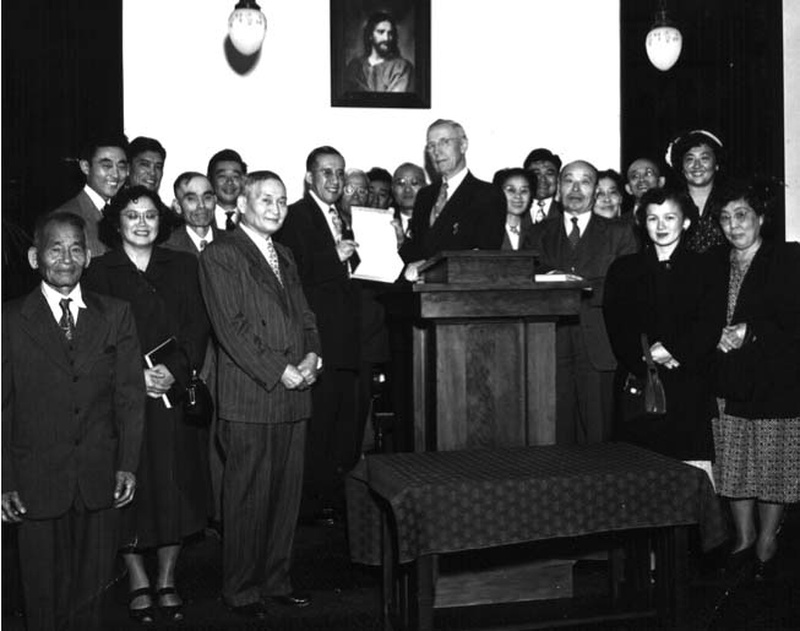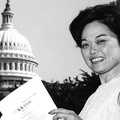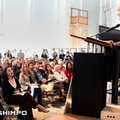At Buena Vista United Methodist Church’s annual Spring Bazaar, as you follow the delicious aroma of chicken teriyaki on the barbecue, be sure to find a special place to reflect on a century of Alameda history—Buena Vista: Haven in the Desert for 118 Years, a historical exhibit tucked away in the sanctuary area.
As you enter, you will hear the wistful notes of the koto. Stop and look at photos of Japanese men in stiff suits standing with missionary women, taken a century ago. Have your name written in katakana or kanji. You will be tracing the steps of the first Japanese immigrants to reach Alameda’s shores.
A new group of refugees arrived in Alameda 118 years ago. They were laborers who spoke little English, fleeing famine and poverty in their homeland of Japan. Mostly men, these new immigrants became cooks, gardeners, and houseboys, living in boarding houses close to the railroad tracks on Blanding Avenue near Park Street.

In 1898, on a wintry March night, these sojourners learned their first words of English in a one-story house at 2312 Encinal Ave., where the Alameda Japanese Methodist Church, South was born.
Two pastor’s wives, Mrs. Davis and Mrs. Chamberlain, convinced the Women’s Missionary Society that these new Japanese immigrants needed to learn English—because only then could they be introduced to the Bible. But these two missionaries didn’t stop there. They recognized the new arrivals were homeless and penniless, and needed jobs and places to live in order to survive.
By the turn of the century, the church served as an English school, boarding house, and employment center for early Japanese immigrants. Although nurtured by the mainstream Methodist Episcopal church, this congregation was kept separate—subject to de facto segregation.
Continue on the historical path of church members. Feel the birds carved from wood found in the Utah desert. See the chair and lamp made by members in the Topaz concentration camp, while Dave Tatsuno narrates the films he recorded inside. A wooden crate bears Bill Takeda’s handwriting: 2311 Buena Vista Ave., Alameda, CA. He shipped his family’s belongs back home to the church in this box. Homeless after the war, his family would live in the church hall for the next five years.
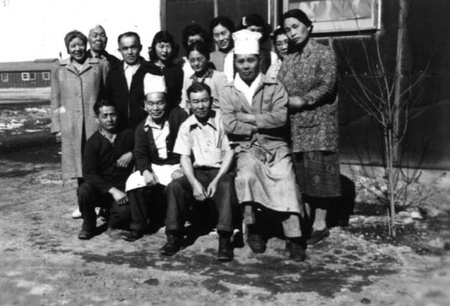
In 1942, as the U.S. went to war with Japan, the Japanese American community faced forced evacuation and incarceration. Buena Vista United Methodist Church was a center of faith for these Japanese American members, the site of a last service, and a place to store family belongings during the wartime diaspora. After the war, homeless members found refuge in church as it became a boarding house once again. For years, the Itaharas, Takedas, Hayashis, Yamanakas, and Fujimoris lived in makeshift quarters throughout the church buildings.
As you walk through the 11 decades of church history, you will find yourself in many “desert” experiences: peering through Topaz’s barbed wire in the Utah desert, behind the wall separating Palestinians from their olive orchards in the West Bank, standing up to discrimination against the LGBTQ community right here in Alameda. Throughout the decades, Buena Vista has often been a haven in a harsh land. Today the church once again offers refuge to a family now living in the parsonage, having fled their native Guatemala.
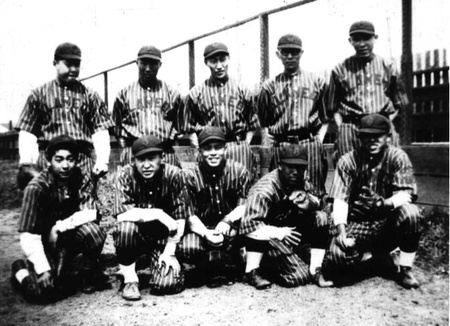
This experiential exhibit traces Buena Vista’s evolution as a congregation of faith. Documentary films, historical photographs, modern artwork, cultural demonstrations, tastings, and performances will bring to life more than a century of Alameda’s diverse social history.
“At Buena Vista, we are a community of former refugees, called to offer refuge to others,” said a church spokesperson. “By walking through these deserts with us, we hope you will understand how Buena Vista United Methodist Church’s 118-year past informs our present and our future.”
The church is located at 2311 Buena Vista Ave. For more information, call (510) 522-2688 or visit www.buenavistaumc.org.
* This article was originally published on The Rafu Shimpo on April 29, 2016.
© 2016 The Rafu Shimpo


